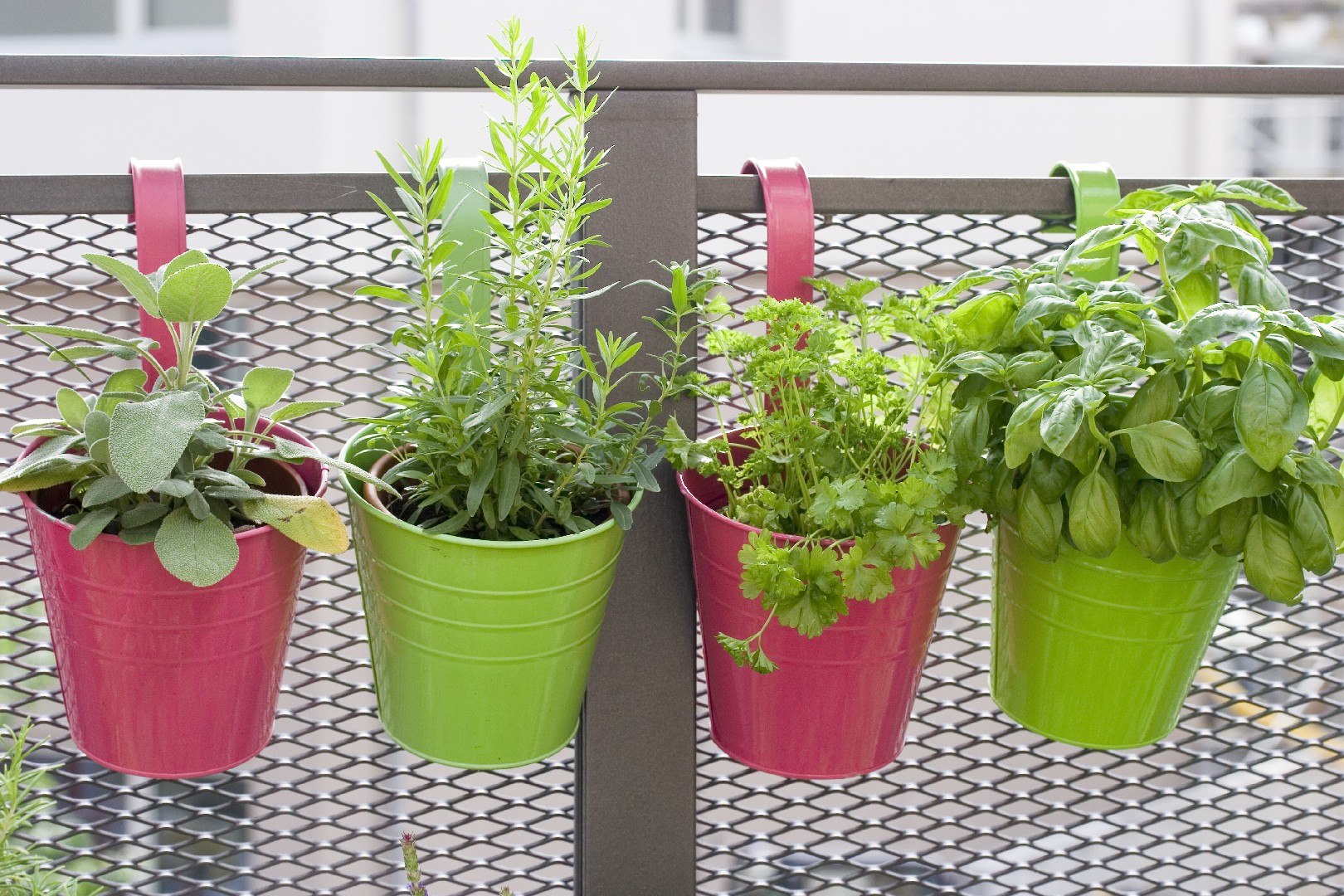![Rectangle]()
Practical Steps to Start Vertical Companion Planting
Vertical companion planting is a powerful gardening technique that maximizes space, increases yield, and promotes healthier plants. By strategically growing compatible plants together in a vertical garden system, you can create a thriving ecosystem that benefits both the plants and the environment. In this section, we will explore practical steps to start vertical companion planting and harness its potential.
The first step in embarking on a successful vertical companion planting journey is garden planning. To blueprint your vertical garden, you need to take companion planting into consideration. Companion planting is the practice of strategically placing plants in close proximity to enhance their growth and deter pests. When planning your garden, it's essential to select plant combinations that complement each other in terms of nutrient requirements, growth habits, and pest-repellent properties.
To begin garden planning, consider the space you have available and the specific plants you want to grow. Research which plants are compatible and benefit from growing together. For example, the classic combination of tomatoes and basil not only saves space but also improves the flavor of the tomatoes and repels pests. Similarly, planting marigolds with vegetables such as cucumbers and zucchini can help deter pests like nematodes.
Once you have determined the compatible plant combinations, create a blueprint of your vertical garden. Consider the vertical structure you will use, such as trellises, stakes, or a wall-mounted system. Ensure that the plants' growth habits align with the structure, allowing them to climb, trail, or hang as needed. By mapping out the layout of your garden and visualizing the growth patterns of the plants, you can optimize space and ensure maximal sunlight exposure for each plant.
After completing the garden planning phase, it's time to move on to the planting process. Prepare the soil by enriching it with organic matter and ensuring proper drainage. Follow the specific planting guidelines for each plant, considering factors like spacing, depth, and watering requirements. As you plant the compatible pairs in your vertical garden system, take care to provide adequate support for climbers and secure vining plants to their designated structures. Regularly monitor the progress of your plants and make any necessary adjustments or maintenance to support their growth.
Maintenance and harvesting are crucial aspects of vertical companion planting. To maintain a healthy garden, monitor soil moisture levels and provide appropriate water and nutrients to each plant. Implement organic pest control methods to protect your plants from harmful insects. Regularly inspect the garden for signs of disease or nutrient deficiencies and take timely action. Additionally, prune and train your plants as needed to optimize growth and encourage proper airflow.
When it's time for harvest, rejoice in the abundance that vertical companion planting offers. Harvesting your bountiful crops will be a rewarding and fulfilling experience, knowing that you have maximized the potential of your vertical garden. Remember to follow proper harvesting techniques to avoid damaging the plants and promote regrowth.
In conclusion, practical steps to start vertical companion planting involve garden planning, planting with care, and consistent maintenance. By incorporating these methods into your gardening routine, you can create a vibrant vertical garden that thrives with harmonious plant pairings. Vertical companion planting not only increases your yield but also enriches your gardening experience and promotes a sustainable approach to cultivation. So, start exploring the exciting world of vertical companion planting and unlock the power of thriving, space-saving gardens for yourself?





